The first flowers and plants that attract birds to your garden are typically annuals, such as impatiens, petunias, marigolds, and zinnias. These brightly-colored blooms will entice the early-arriving warblers, vireos, tanagers, grosbeaks, orioles, and other songbirds. You can also plant perennials later in the season when many migrant birds are passing through on their way to warmer climates. Some favorites include cardinal flowers, Joe-Pye weed, Black-eyed Susan, trumpet creeper, and honeysuckle vines.
Grow Plants for Birds—and Backyard Entertainment
What could be more entertaining than having backyard birds flock to your garden? Not only do they provide natural beauty, but they can also be a great source of entertainment as you watch them feed and frolic. The best way to enjoy these feathered visitors is by growing plants that attract them.
Birds That Eat Flower Seeds
Some birds love to eat the seeds of flowers, while others prefer to dine on insects or fruits. The most likely diners of zinnia seeds are goldfinches, native sparrows, juncos, towhees, northern cardinals, and mourning doves. These birds consume the seeds as they feed on the flowers. Goldfinch can often be seen at feeders eating sunflower or safflower seeds.
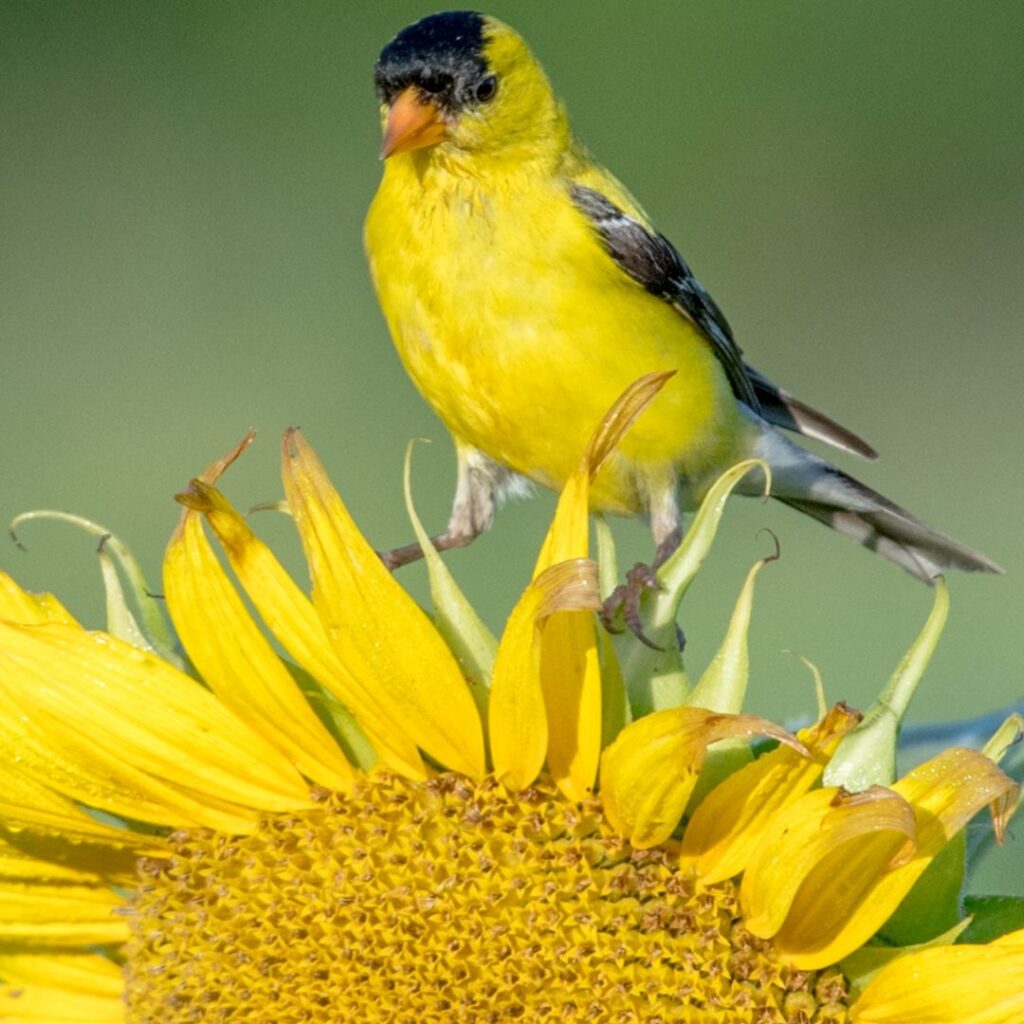
Sparrow is also a common bird found in North America and many other parts of the world. There are several different types of sparrows, but all enjoy eating seed heads and other plant material.
Junco is another small North American bird that likes to eat flower seeds. They can be identified by their dark gray plumage with white undersides, which makes them well camouflaged against winter snow drifts. Juncos usually forage on the ground for food items like grasshoppers, spiders, and seeds.
Plants to Attract Winter Birds
There are many plants that can be added to your garden in order to attract winter birds. One great option is the American bittersweet, which is a vine that produces bright orange berries. The berries are a nutritious food source for birds throughout the winter months.
Another plant that is beneficial for birds is the American cranberry bush viburnum. This shrub provides shelter, seed, and fruit year-round, making it a perfect choice for any garden. Viburnums come in many different varieties, so you can find one that fits well into your landscape.
If you’re looking for a tree that attracts birds in the late fall and winter, consider planting arborvitae. These trees offer generous cover for birds and come in many different cultivars so you can find one perfect for your yard. Early fall to mid-season is a great time to plant these
In addition to trees and shrubs, there are also plenty of perennials that will bring winter wildlife to your garden. Beautyberry is a great example; this plant provides food for birds in autumn as well as during the cold months of winter.
Another perennial worth considering is black chokeberry – this low-maintenance shrub grows well in both wet and dry conditions so it’s perfect for any landscape!

Colorful and Decorate Winter Options
If you want to add some color to your garden in the winter, consider planting a beautyberry. This plant will attract birds in the winter and comes in many different colors so you can find one that fits well into your landscape.
If you’re looking for a shrub that provides food for birds year-round, consider adding sumac or winterberry to your garden. Sumac has red spikes in the winter, while winterberry drops its leaves in fall to better display the berries.
Plants to Attract Spring Birds
Birds are an important part of the ecosystem, and many people enjoy having them around their homes. There are a number of plants that can be grown in your garden to attract birds, and they provide other benefits as well.
One great plant to attract birds is the baltic birch. This tree has white bark that stands out against the green leaves of other trees, and it provides shelter for birds in the springtime. Buntings and sparrows are likely visitors to the bachelor’s button, a wildflower with blue or purple flowers. The most attractive part of a Baptisia plant is its seed pods, which bring in birds. The leaves are distinctive, providing shelter for other birds in springtime with their red coloration.
Cherry trees produce red or black fruit in summer, making them a favorite for birds who are looking to snack on something else besides bugs.
The columbine is a biennial or perennial, depending on the climate. Hummingbirds love the flowers of foxglove and columbine. A healthy foxglove plant encourages more blooms to form into early summer.

Fuchsia is a low-growing plant that blooms from late spring to early summer. Lupine blossoms for about three months, blooming in the spring and summer. Fuchsia grows best in the partial shade while lupine prefers full sun or partial shade.
Phlox flowers are a favorite of hummingbirds and butterflies. There are many varieties of Phlox, with some blooming in spring and others in fall. Red-hot poker flowers attract birds. Redbud is a short-lived plant blooming in late spring to autumn that attracts hummingbirds and butterflies, as well as pollinating insects found in the bark. It’s easy to see why this plant is also called a torch lily because it changes colors from yellow at the base to red at the tip throughout its life cycle). Viburnum is a good plant to attract birds with nesting space. Viburnum can provide shelter and nectar for birds all year round. Pines provide the shelter that birds need during springtime.
Plants That Summer Birds Like
Summer is a great time to enjoy the company of birds in your garden. There are many plants that they love, and by providing them with food and shelter, you can attract these feathered friends to your yard.
Bee balm is a great plant for attracting birds. It has a variety of flowers that come in different colors, and it blooms throughout the summer. Hummingbirds are especially attracted to this plant.
Black-eyed Susan is another good bird food option. The seed heads of this plant are popular with American goldfinches and chickadees.
Coral bells are best grown in rich soil with partial shade. They have beautiful bell-shaped flowers that come in shades of pink, red, and white.
Coreopsis, Cosmos, and other plants that birds like best flower late in the spring. Plant them in full sun to ensure they are drought-tolerant. These flowers will provide nectar for hummingbirds and butterflies alike.
Purple coneflower is a favorite among birds, butterflies, and bees alike. It has showy purple petals that surround a yellow center disk. This perennial flower thrives in full sun or partial shade.
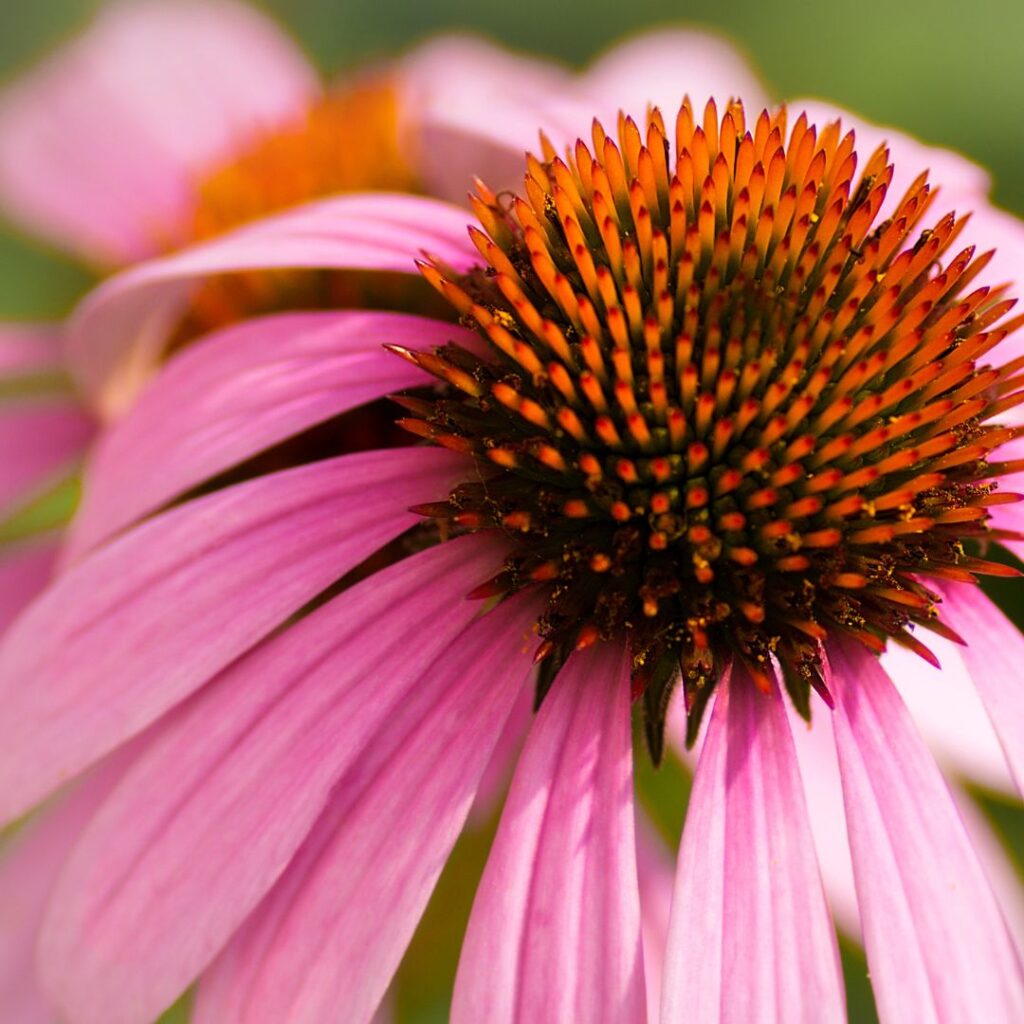
Salvia is another garden favorite that also attracts hummingbirds. It has tubular flowers in shades of blue, purple, pink, and white.
Stokesia laevis is a plant that attracts birds and hummingbirds. It has lavender-colored flowers that grow on tall stalks.
Trumpet vine will grow to be 40 feet tall, at least in the right conditions. This vigorous climber is perfect for covering fences or trellises. The trumpet-shaped flowers come in shades of yellow, orange, and red.
Yarrow is great for hummingbirds and butterflies. This perennial flower has feathery leaves and blooms throughout the summer.
Zinnia is a long-lasting perennial flower, perfect for summer and early fall climates. This brightly colored annual thrives in full sun and can reach heights of up to 4 feet
Plants to Attract Fall Birds
Fall is a great time to plant new trees and shrubs. Many fall plants are planted in early fall, around September so they can get established before winter weather sets in.
Crabapple varieties tend to be 10 to 25 feet tall and grow best in full sun.
Elderberry is a shrub with long drooping branches. It produces white flowers in late summer that turn into dark purple berries.
Fountain grass has full tufts of fuzzy flower spikes that turn into natural birdseed.
Grape provides lots of energy in fall, especially as other plants fade.
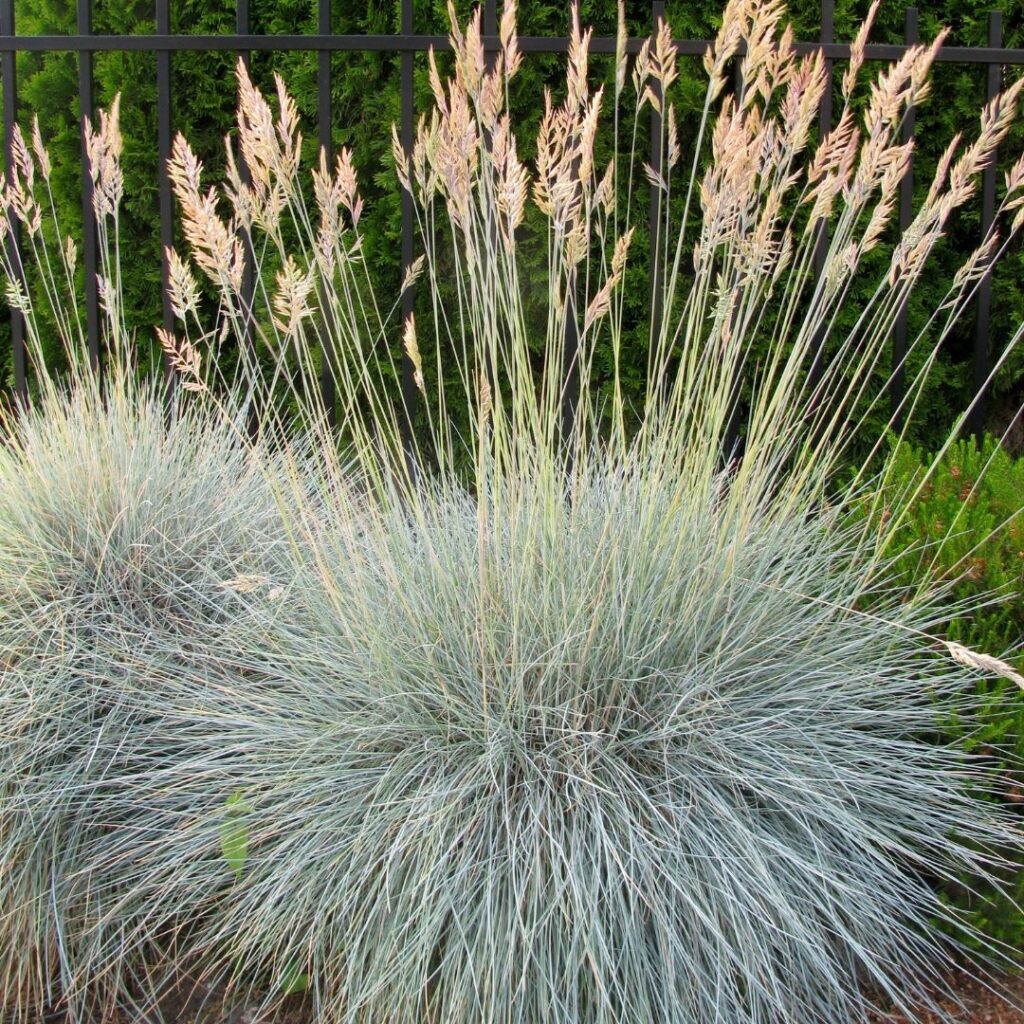
Top 16 picks for plants that attract birds including vines and shrubs
1. Cardinal Flower
Cardinal Flower is a perennial flowering plant that can be found in moist to wet habitats, such as swamps, marshes, and streambanks. The plant has silky white flowers with distinctive red spots on the petals. The leaves are arranged in rosettes or alternate.
The Cardinal Flowers rely heavily on hummingbirds, which come in the autumn season when they produce foliage for food. Hummingbirds are attracted to the nectar of the flower, which is what they want most out of life: something sweet! In addition to hummingbirds, this plant can also provide food for birds apart from the foliage.
The Cardinal Flowers must be taken care of properly – it should never be exposed to direct sunlight and partial rays are more useful for them. They prefer soil that is moist and well-drained and slightly acidic.
2. Aster
The aster is a beautiful flower that blooms in the springtime. It has a range of colors, including white, yellow, and red. This perennial plant can grow up to six feet in height over time.
Asters provide nectar for pollinators throughout fall and winter. They have beautiful seed heads that birds enjoy in the winter, providing a great resource of food. Tree sparrows and wild turkeys feed on asters’ leaves and seeds as well as insects that eat them during the summer months.
The aster is native to North America and Europe
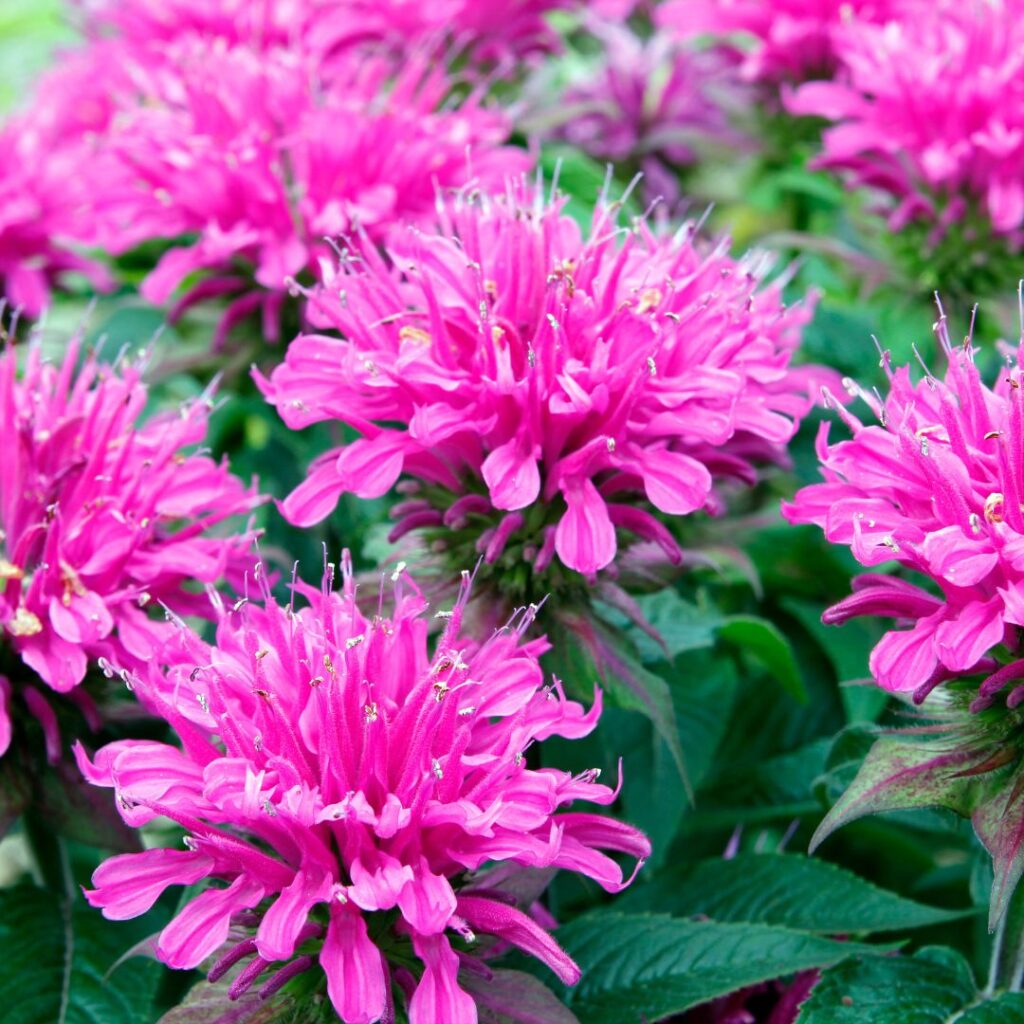
3. Bee Balm
Bee Balm is a plant that grows in full sun to light shade. They are tubular-like petals that can be seen in pink, purple, red, and white. These grow between 2 – 4 feet tall. Grow this plant during summer through early fall.
Bee balm attracts hummingbirds. This is also a plant that’s nectar will attract insects, therefore your insectivorous birds are sure to find them in time. In addition to hummingbirds, be on the lookout for the same birds as the Black-Eyed Susan below.
4. Black-eyed Susan
The vibrant bright yellow petals make this flower a hit for many people and birds alike. They are part of the aster family and grow to over 3 feet tall. They are also loved by insects, especially for their nectar-rich qualities.
This makes them a favorite for hummingbirds and orioles for their nectar. In addition to nectar-loving birds, they attract insectivorous birds (aka, insection-loving birds). Some of these are Cardinals, chickadees, Goldfinch, sparrows, and White-breasted Nuthatches. (same as bee balm plant/ flowers above)
5. Cornflower
The Cornflower is an annual flower that grows in the spring and summer. These flowers are good for birds and bees. The best time to sow these plants is March, April, and May. Cornflowers grow best in partial shade with cool, moist soil.
The blue-colored flower attracts songbirds throughout the summer months of May, June, and July.
note: These flowers are often referred to as Bachelor buttons and mini carnations. While the cornflower blue is their hallmark, it can also be found in a bright red, almost burgundy color, pink and white. They grow to about 2-3 feet when given space.
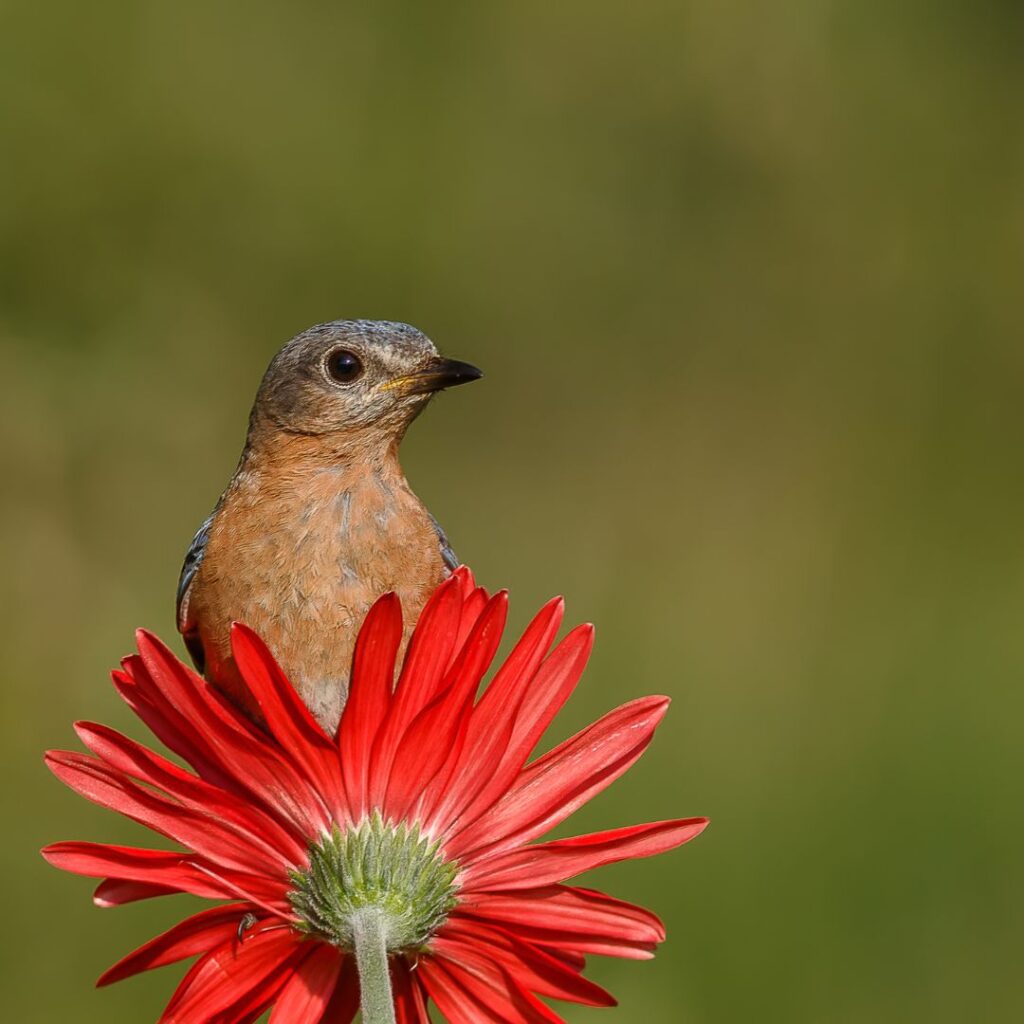
6. Daisy
The daisy is a plant that birds love. It can grow in almost any habitat and is at its peak during May. There are more than 20 colors of daisies as well as petal sizes and types. They can grow anywhere from under 12″ to several feet.
Birds such as Cardinals, goldfinches, morning doves, and white-throated sparrows, feast on the seeds of the daisy flower.
7. Elderberry
Elderberry is a beautiful shrub-like plant that is native to North America. It can range in height from 5 to 12 feet, with a 10-foot spread. The best months for growing elderberry are March and April. This plant is a great choice for birds because it provides them with shelter and is an attractive nesting spot. In addition, different bird species are drawn to the shrub, such as red-eyed vireos and brown thrashers.
Birds eat the elderberries. Not only will you be adding beauty to your garden, but you’ll also be helping our feathered friends!
8. Lantana
Lantana is a flowering plant in the verbena family, It is native to the Americas, from Florida and Texas in the United States south to Argentina and Chile.
The flower heads of lantana are composed of a number of small florets, with many different colors. These can be red, orange, yellow, white, or pink. The flowers are very attractive to butterflies and hummingbirds.
Deadhead lantana to keep it flowering until frost sets in. This way you and the birds can enjoy lantana’s flowers for much longer!
9. Marigold
Marigolds are annual flowers that bloom from late spring to early autumn. These plants are very simple to grow, and their flowers are pretty long-lasting. Marigold flowers have been known to survive in a bit of heat if you water them properly but make sure that they get a good amount of sunlight.
10. Sunflower
Sunflower is a great seed plant for birds, bees, and butterflies. Sunflowers grow best in full sun to provide food for migratory birds. Sunflowers are very easy to grow and are a popular plant. Sunflower seeds produce nutrition, which is loved by birds and people alike.
Sunflowers attract a variety of birds including finches, grosbeaks, buntings, towhees, cardinals, chickadees, titmice, nuthatches, blue jays, and woodpeckers. Sunflowers can grow up to 10 feet tall.
Once these flowers have finished their maturing and begin to die off, cut them and hang them outside from a tree branch, porch railing, or garden fence and watch the birds dance with joy over the fresh seeds.

11. Pyracantha
This shrub is favored by blue jays, cardinals, and blackbirds. However, it also attracts many others with its characteristics.
Pyracantha does fall into the shrub category of plants. The plants are noted for their attractive flowers and fruits. The berries are red, orange, or yellow, often with black spots. They are edible but sour.
Pyracantha is grown for its dense thorny growth and bright autumn coloration. It can be used as a hedge, screen, or decorative plant.
Don’t forget vines
Many gardeners forego vines when they are planning their gardens. Vines can be a great addition to any garden, and they offer many benefits.
Vines provide shade and cooling in the summer, and they can help keep your yard cooler in the summer. They also add beauty to your yard, and they can be used to cover up unsightly areas.
One of the best things about vines is that they attract birds. Many different types of birds love to eat vine berries, and having vines in your yard will attract them. Vines are a good place for birds to cool off and find some nesting materials. This is a great way to get some added bird watching in your backyard.
Vines come in many different varieties, so you can find one that will fit well into your garden design. Be sure to include at least one vine in your next garden project! Think morning glory vines.
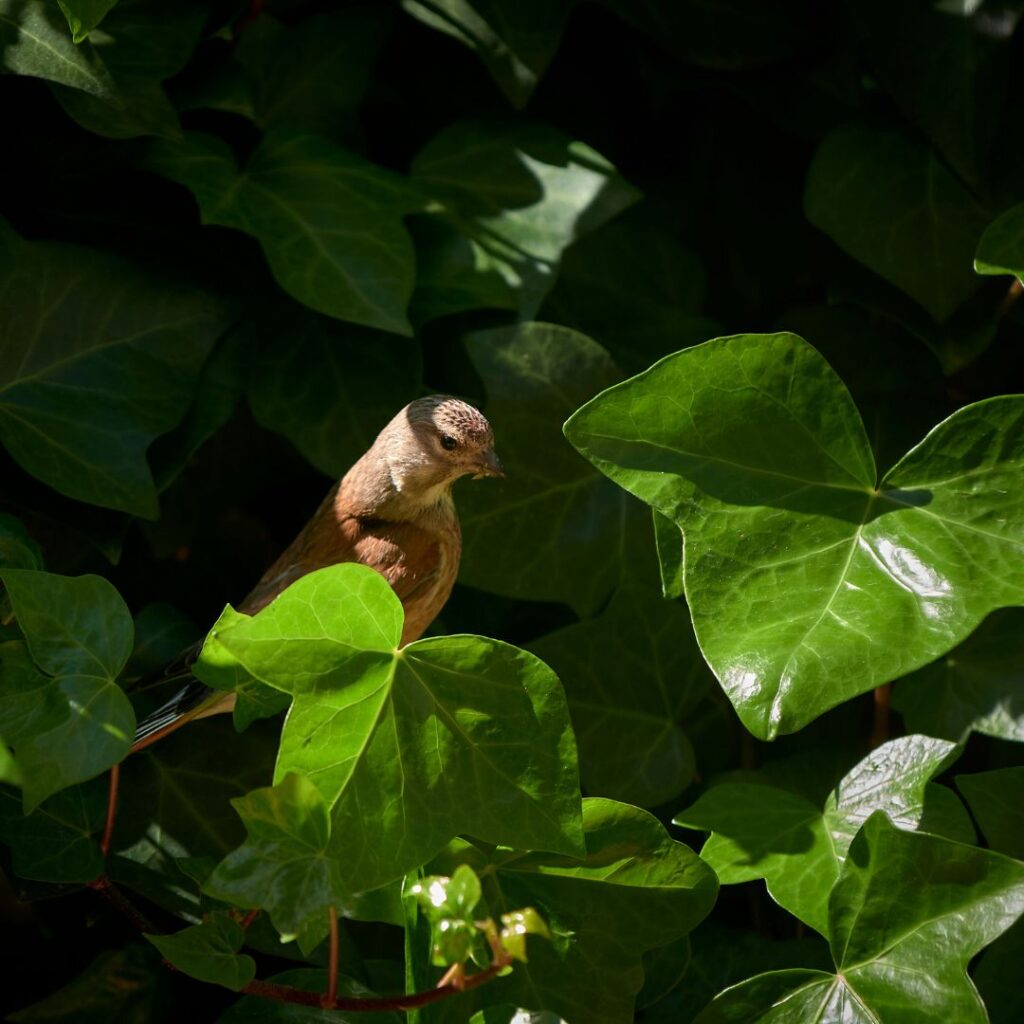
12. Ivy
Ivy is a durable evergreen that can cover garden fences and provide shelter to wildlife. Birds love ivy because it provides them with food, protection from the weather, and a place to build their nests.
Ivy flowers attract insects which then feed birds in autumn, with the blossom providing food for the robins and wrens.
13. Morning Glory Vine
This old-fashioned beauty will bloom from early summer through early fall. It grows well in containers if given something to attach its vine to like a garden post, mailbox post, or trellis. They come in blues, pinks, lilac/ purples, reds, and whites. There are also some fancy varieties of this vine.
The Morning Glory attracts hummingbirds. You’ll also find a variety of songbirds attracted to these popular vines.
14. Trumpet honeysuckle
Trumpet honeysuckle is a native variety of honeysuckle that has large trumpet-shaped flowers and plump red berries. It is a popular food source for birds. This is a vine that grows approximately 10 – 15 feet long.
The plant needs well-drained soil and partial shade to grow optimally, as well as a support structure like a wire or trellis. When planting trumpet honeysuckle, you can use plant cuttings or seeds.
Birds known to enjoy this plant are the Baltimore Oriole, Thush, House and Purple Finch, and the Robin.
What shrubs attract birds?
There are many different types of shrubs that can attract birds to your backyard. The best shrub for birds is something that offers them cover and food, depending on their location. Native plants are always a good choice because the birds will already be in your area. Trees and shrubs produce essential food for birds. Birds will eat insects found on trees and bushes, which are often only available in the summer months.
The flowers of these plants provide plenty of nectar for bees as well as a place to nest when they’re not busy flying, while the foliage provides protection from predators such as hawks and foxes.
Native shrubs and trees provide yet another food source in summer, fall, and to wintering birds. They are also an excellent nesting habitat in early spring.

15. Holly
There are many different types of holly plants, and they can be successfully grown in gardens. The berries of holly provide aesthetic looks for your garden, but you must wait until late winter to have birds like song thrush feed on them. Holly plants are easy to grow, making them popular with home gardeners.
Birds that enjoy holly are bluebird, blackbird, gray catbird, robin, and hermit and mistle thrush.
16. Cotoneaster
Cotoneaster is a shrub that is best for attracting birds. The red berries are eaten by many different species of bird, such as blackbirds, waxwings, robins, bullfinches, and thrushes. In most cases the first plant to be stripped from its bounty is Cotoneaster.
Cotoneaster plants are used by birds to attract other birds. By providing food and shelter for these animals in your garden, you can encourage them to stay around for longer periods of time. Cotoneasters are very long-lasting and will continue to bear fruit if taken properly care of.
Other Shrubs
Evergreens such like arborvitaes, firs, junipers, pines, pines, and spruces, are other sources for food, nesting habitat and shelter for birds.
FAQ‘s
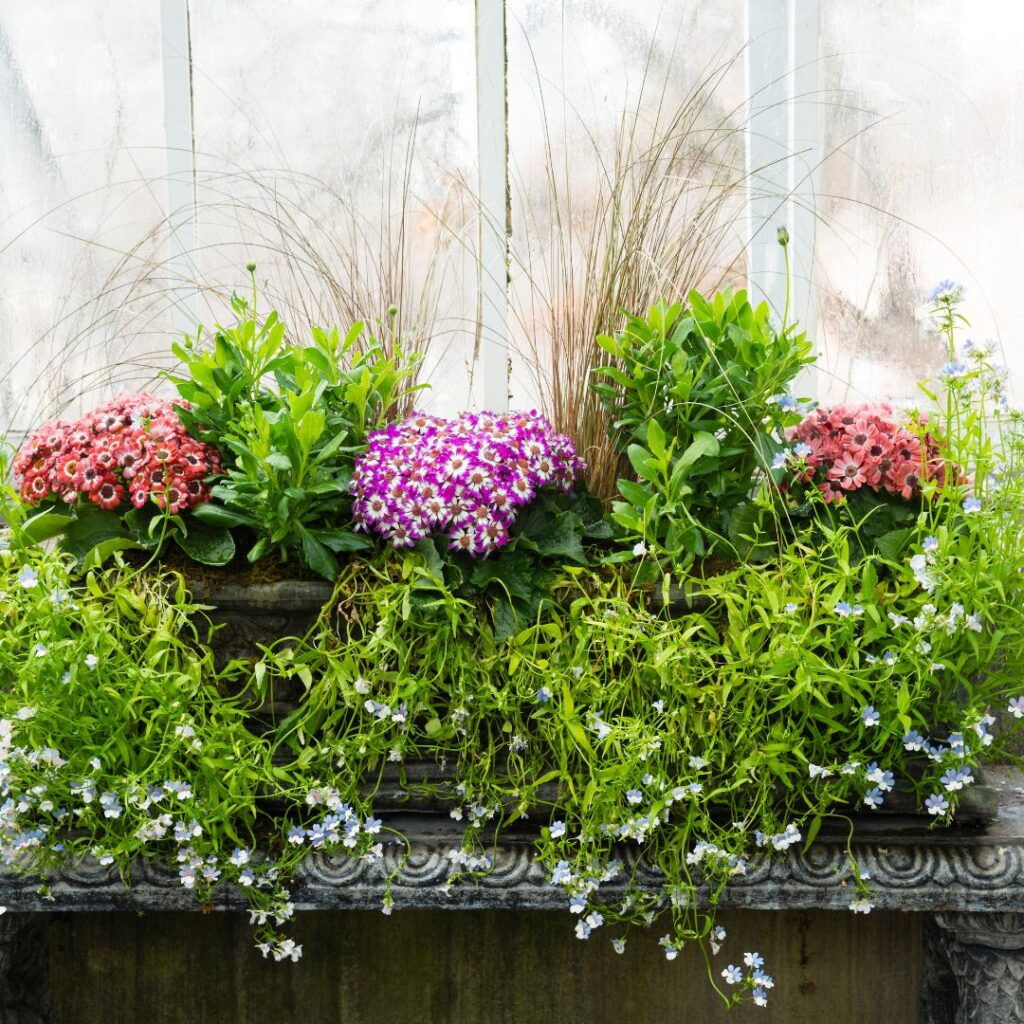
What are container plants that attract birds?
Birds are fond of berries, insects, nectar, and pollen. Plants attract insects and insects attract birds (called insectivorous birds). Marigolds are a great way to get many insects.
Add some other brightly colored vegetation, bright yellow petals, pink, bright red, and purples (like the purple coneflower). You can even plant vining morning glory in your container.
Add a bird feeder nearby and you’ll have a patio, balcony, or porch filled with musical birds soon.
How do I keep birds out of my vegetable garden?
Now that you have all these beautiful birds and you spent all this time attracting them, let’s keep them out of your food.
Pretty much anything that makes noise or movements will caution birds to take flight. Once one lifts off, the others will follow.
There are also items you can use to protect the plants such as netting, plant cages, and chicken wire.
Learn what birds are helpful with mosquito control. Read here.
Some useful items to keep them from landing or staying more than a brief resting period are:
- Tie plastic bags (the rattling and movement in the wind) to fencing or posts.
- Hang old CDs, tin plates, and mirror-like reflective items in a similar fashion. The light reflection and movement will go a long way to protecting your harvest.
- Pinwheels and larger windspinners.
- Scarecrows, fake animals (although, these aren’t as reliable as items that move and rustle in the wind or even gentle breeze).
- Windchimes.
Should I still use Birdseed once I plant flowers?
Yes. Birds have large appetites and different food sources provide different benefits. Besides the benefit to you of having a hand-picked view of where you place your feeders. When deciding the best bird seed to attract certain birds, be sure to read this article.


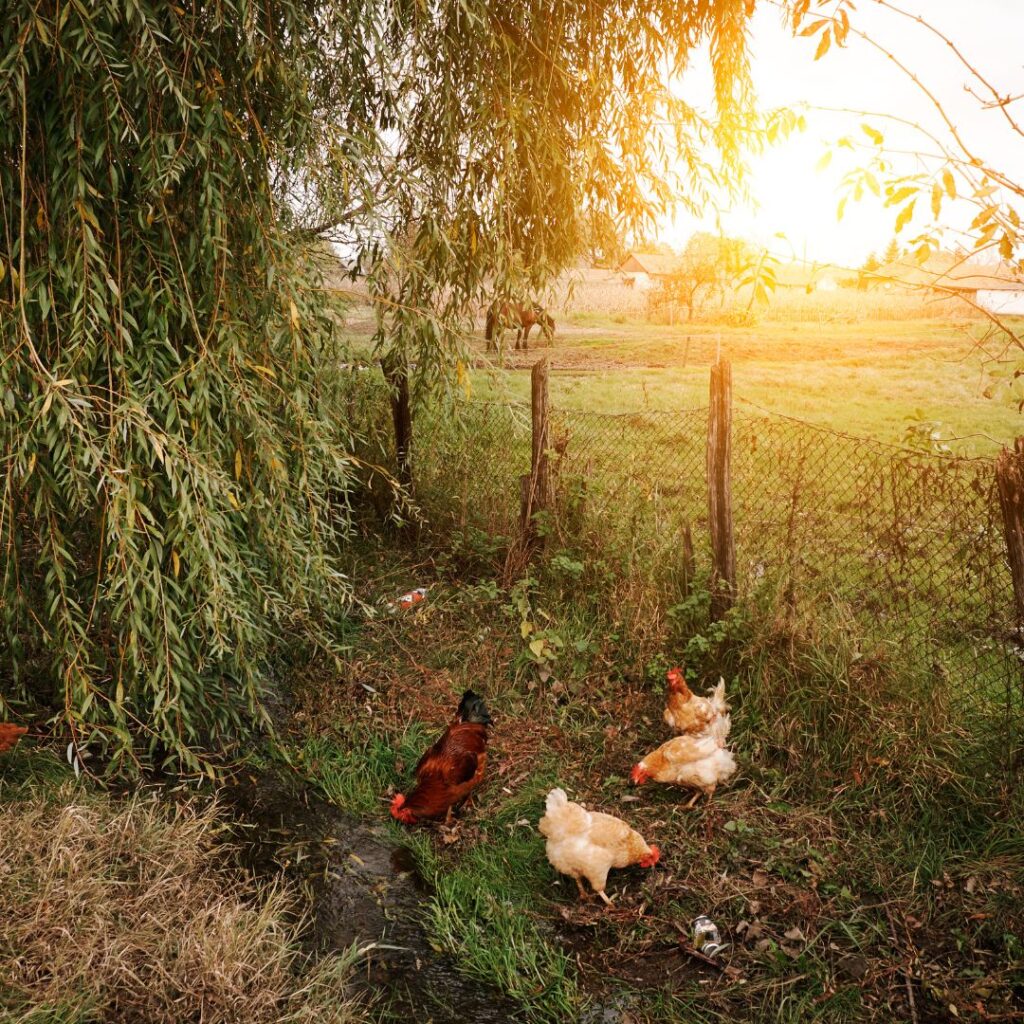
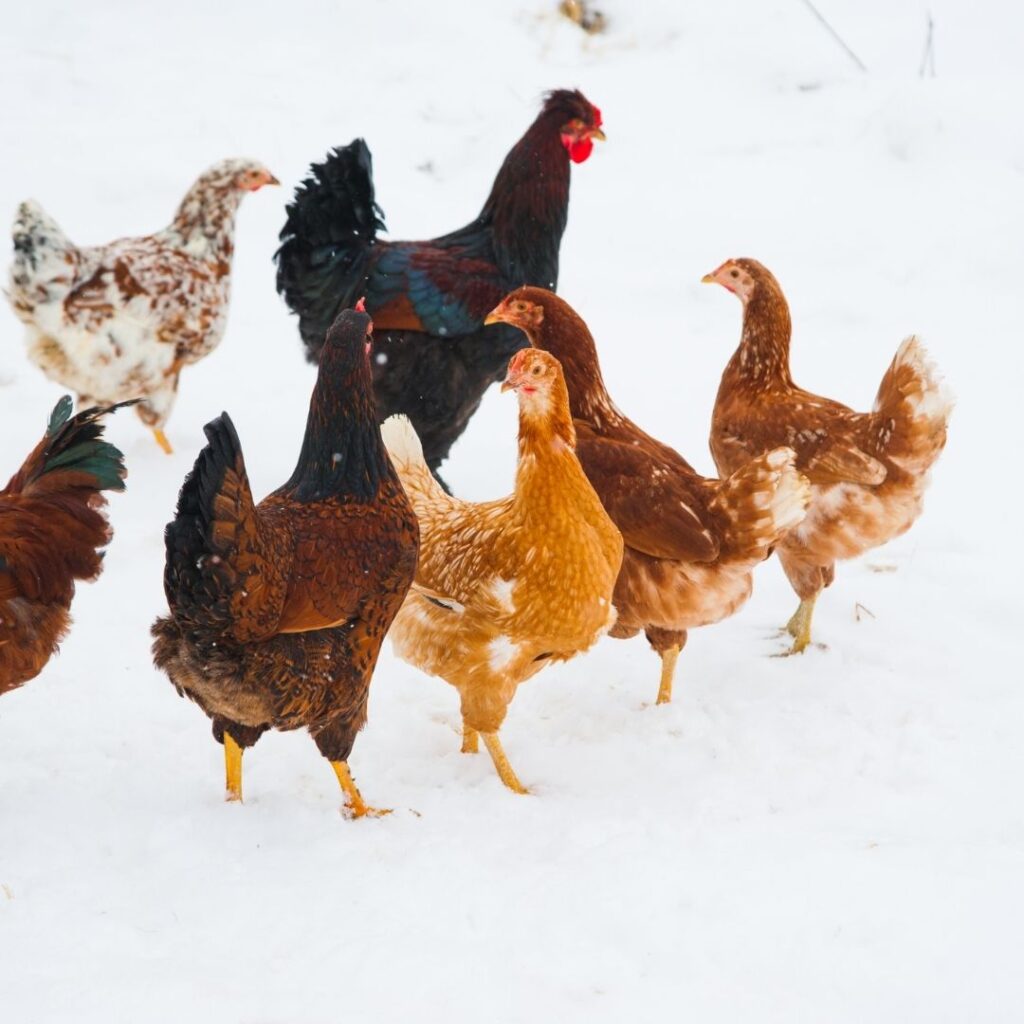
Pingback: How To Attract Hummingbirds To Your Yard in 2022 - Gilmore's
Pingback: What Birds Eat Mosquitoes? - Gilmore's